No-nylon sock yarn review: Northern Yarn Poll Dorset Lambswool
It seems like such a long time ago now that I posted my Easy Cable Socks pattern which I knitted using Northern Yarn Poll Dorset Lambswool 4ply. In fact, it’s six months ago which is a good amount of time for me to have given the socks a proper road test so that I can tell you everything you want to know about it (and if I’ve missed something out, do leave me a comment!).

Before I start, there are a couple of things you need to know:
- I am tough with my no-nylon socks, perhaps tougher than I am with socks knitted with nylon yarn. This is because I want to know that this yarn is equally as good for socks as commercially-produced yarn and provides good value for money.
- Being tough with my socks means that they’ll get worn for a few days at a time; there’s less need to wash natural fibre socks anyway even though we’re in the habit of wearing our socks once and then washing them – you don’t see sheep showering all the time, do you? 🙂 . It also means they’ll be worn in boots on long dog walks whatever the weather and will probably go into the washing machine because that’s how most people choose to wash their socks.
- I’ve got pokey toes so unless I reinforce the toes of my socks, there’s a good chance that I’m going to go through them faster than many other people – this isn’t always helpful in a yarn trial but on the plus side, I can test that aspect out more quickly! 🙂
What’s the yarn made from?
This yarn is 100% Poll Dorset Lambswool. You can see what the sheep look like by clicking here
They’re very woolly, aren’t they?! They look to me like they’ve got armour on with all those tight curls!
And I bet you can’t resist saying “ahh” when you see these lambs! They’re like teddy bears!

Source: Northern Yarn
Where does it come from?
Kate at Northern Yarn sources her Poll Dorset fleeces from a local farm in Quernmore, Lancashire. They’re pedigree sheep which are raised bioenergetically (a modern form of homeopathy) alongside conventional farming techniques and are very well looked-after. Kate knows the owners and has spent time on the farm so she knows that the sheep get the best of care. You can read more about the sheep and the fleece here and about the process once the fleeces reached the mill here.
What does it feel like and – most importantly – how soft is it?
On first touch it feels quite woolly and perhaps not as soft as you’d assume lambswool to be, but it’s very springy and actually gets softer the more you handle it. By the time I’d finished knitting my socks, the yarn did feel different to how it had felt in the skein. Washing and wearing has had an effect too, and this is not an uncomfortable yarn to have on your feet. In fact, I liked the fact that it changed in texture (not massively, but there is a difference); it made me feel more connected to the yarn and the fact that it’s a natural product.
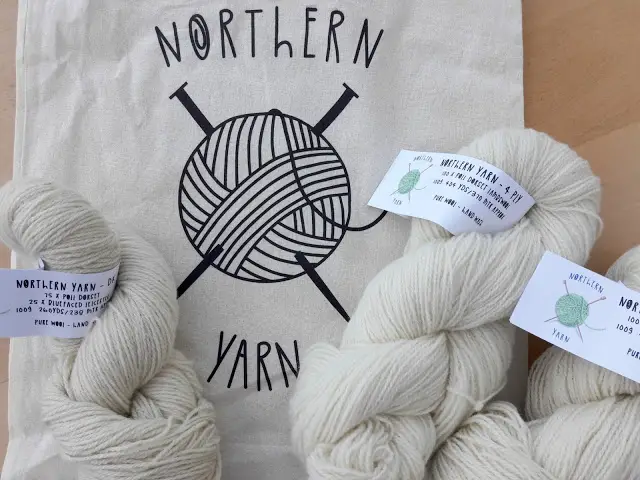
What’s it like to knit with?
It feels sturdy to knit with, which might sound like an odd thing to say, but it feels like a proper natural product in your hands. It’s not one of those very smooth yarns which slide off your needles at every opportunity, and with every round of sock that you knit it feels as if you’re constructing something that’s designed to withstand whatever you’re going to throw at it. I felt very connected to the whole sheep to sock process when I was knitting with it – perhaps it’s because I know the story of how the yarn came about, perhaps it’s because I could imagine those woolly sheep out in all weathers, or perhaps because I know that there’s nothing but Poll Dorset fleece in this yarn – I don’t know the answer to that but this feeling is something that does seem to happen the more no-nylon yarns I use. Although it feels a little thicker than most 4ply yarns, I didn’t need to make any adjustments to the number of stitches that I cast on to accommodate this.
Did you do anything to make it more hardwearing?
I used a different stitch for the heel flap with this sock – this is a crossed rib stitch which still provides a cushioned heel as a heel stitch flap would do. In hindsight, I should have used something similar for the toes, but more on that later.

How does it wash?
These socks have been so easy to look after! Most of my hand-knit socks go into the washing machine; I put them in a laundry bag and they go in with everything else. They’ve been washed at 30 degrees and 40 degrees and they’re fine – not something that you would normally do with hand-knits, perhaps, but most commercially-produced yarns can cope with this so I feel that I need to try it with my no-nylon socks too. These Northern Yarn socks have also been washed at 30 degrees and 40 degrees in the washing machine and have come out none the worse for it. They even went into the tumble dryer by mistake for a few minutes and you would never know. These are proper socks made from yarn produced sheep that take no messing! I’m really delighted with how they’ve changed after being washed – the yarn has bloomed and has a soft halo, and it’s remained lovely and plump which makes a nice comfy sock on your foot.
How does it wear?
They’ve been brilliant! As I said at the top of the post, I’m tough on my no-nylon socks and these have been walked for miles! This is what they looked like after nearly 6 months’ wear. They haven’t fulled at all, there is no thinning of the yarn anywhere and you can’t really tell that they’ve been worn as much as they have.



Are there any holes?
Just before the six month’s trial was up, I put my toe through one of the socks – the downside of pokey toes! As you can see, it’s in a purl section of the pattern and I am quite sure that if I had reinforced these toes with a stitch similar to the one I used on the heel, there would not be a hole. However, these socks have had probably twice as much wear as most of my other pairs so it’s not like they went through on the first or second wearing.

Would you do anything differently next time?
I’d reinforce the toes. These are brilliant boot socks, comfy and springy to wear and I’ll definitely be darning that hole so that I can carry on wearing them.
Would you buy this yarn again?
Yes! In fact, I’ve got another skein of the 4ply and a skein of Poll Dorset Lambswool DK in my stash and I would be happy to use either or both for socks in the future.
I want to try it out! Where can I get it from?
You can get it from the Northern Yarn website here, or alternatively, if you are in the Lancaster area you can visit the new Northern Yarn yarn shop which will be opening it’s doors on Saturday 2 September 2017 at 74 Penny Street, Lancaster, LA1 1XN from 10am-4pm. I’ll be there too so do bring your socks to show off or ask questions about if you’re stuck – and try out the Lancashire gin whilst you’re there! What else would you want to do on a Saturday morning? 🙂
If you are interested in no-nylon sock yarns, you can find my other reviews on the No-Nylon Sock Yarn Reviews page.
This is an impartial review using yarn that I bought myself.


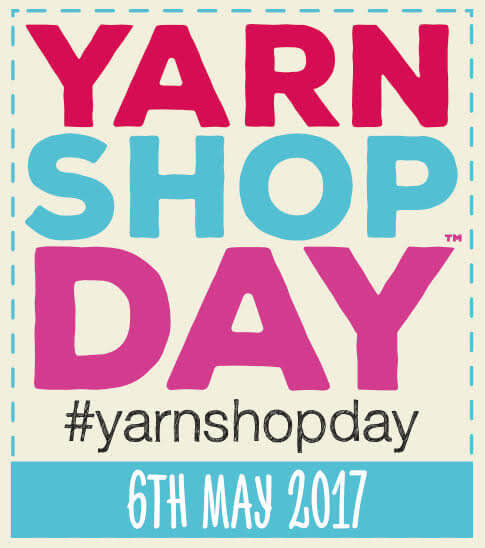

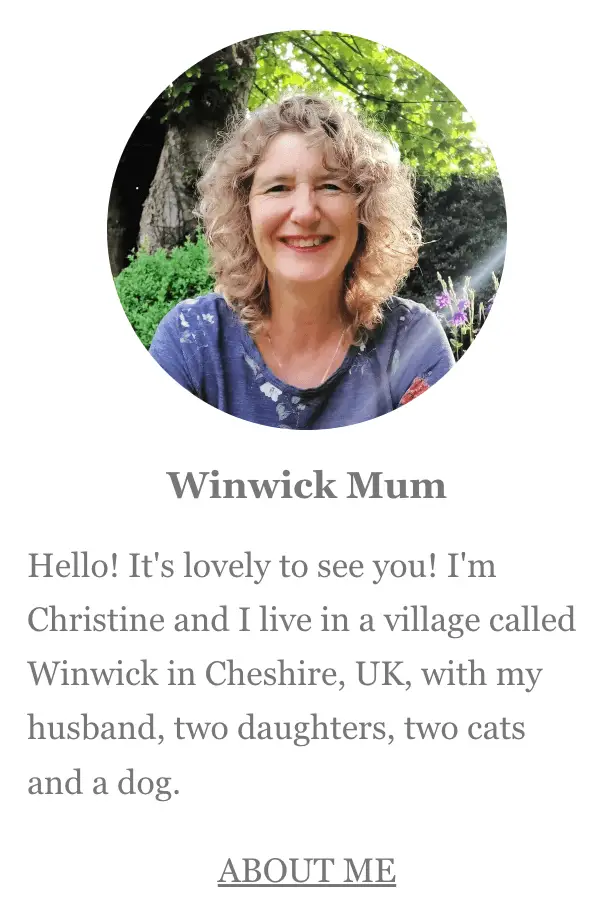

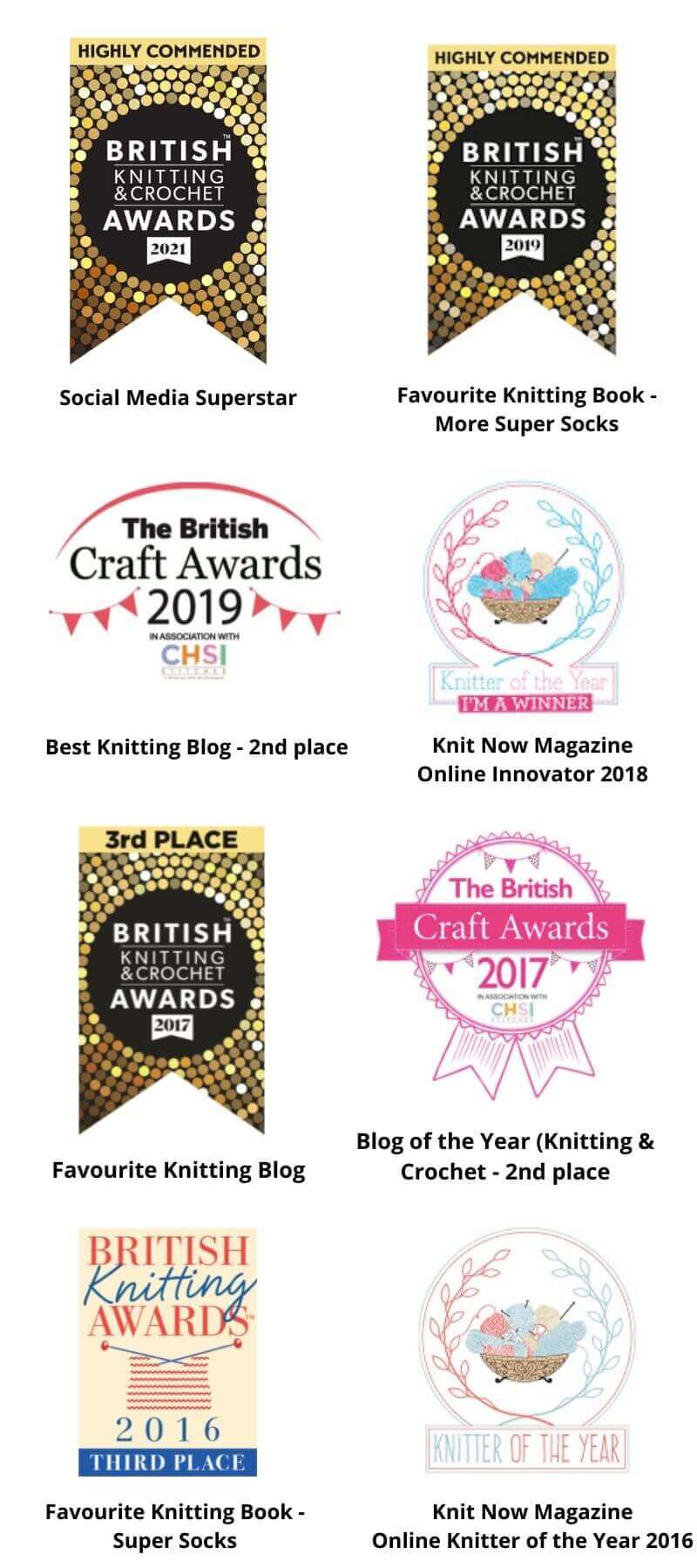

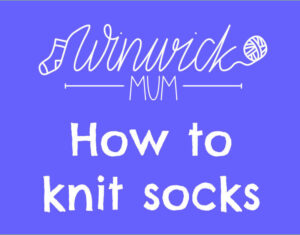


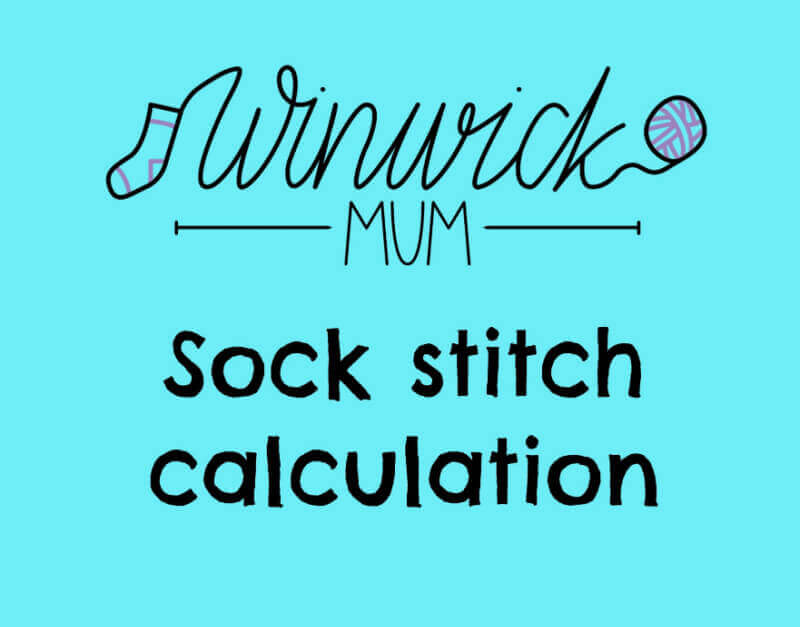
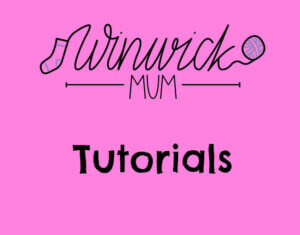




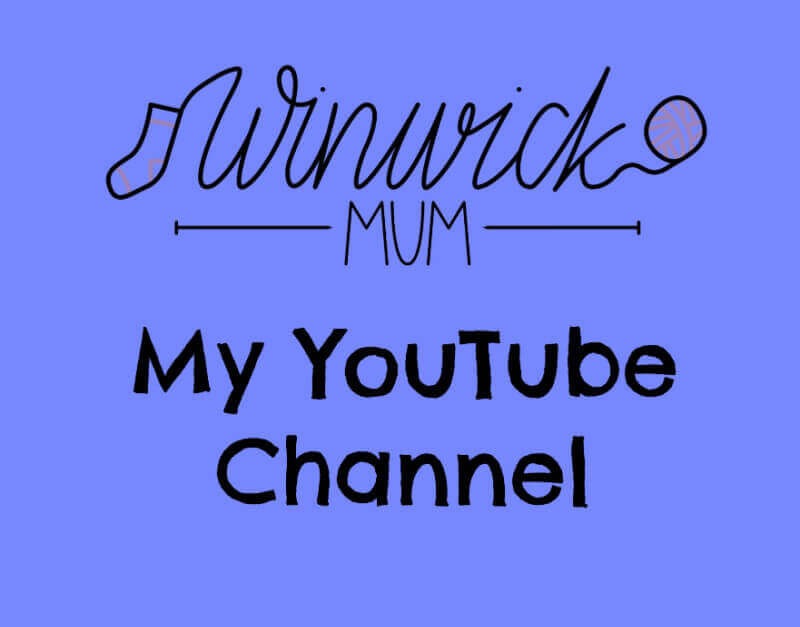
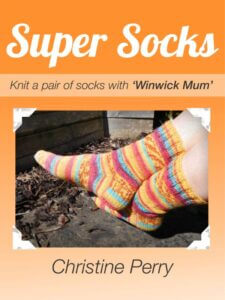
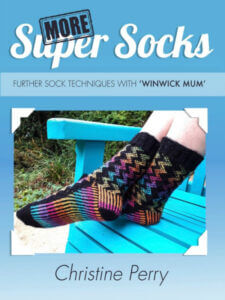


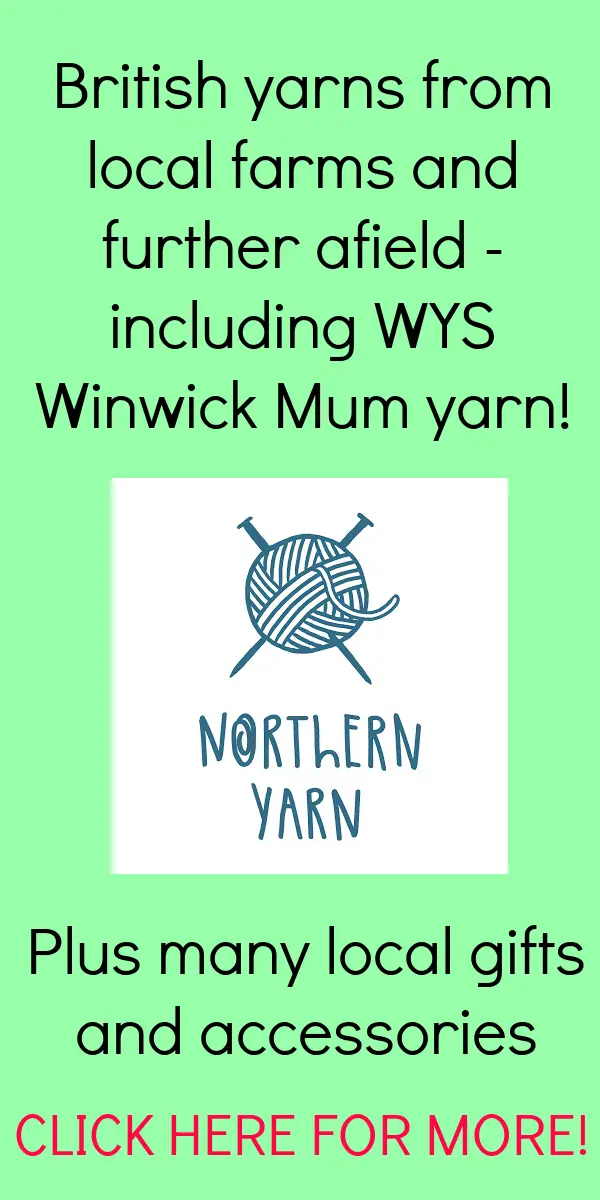

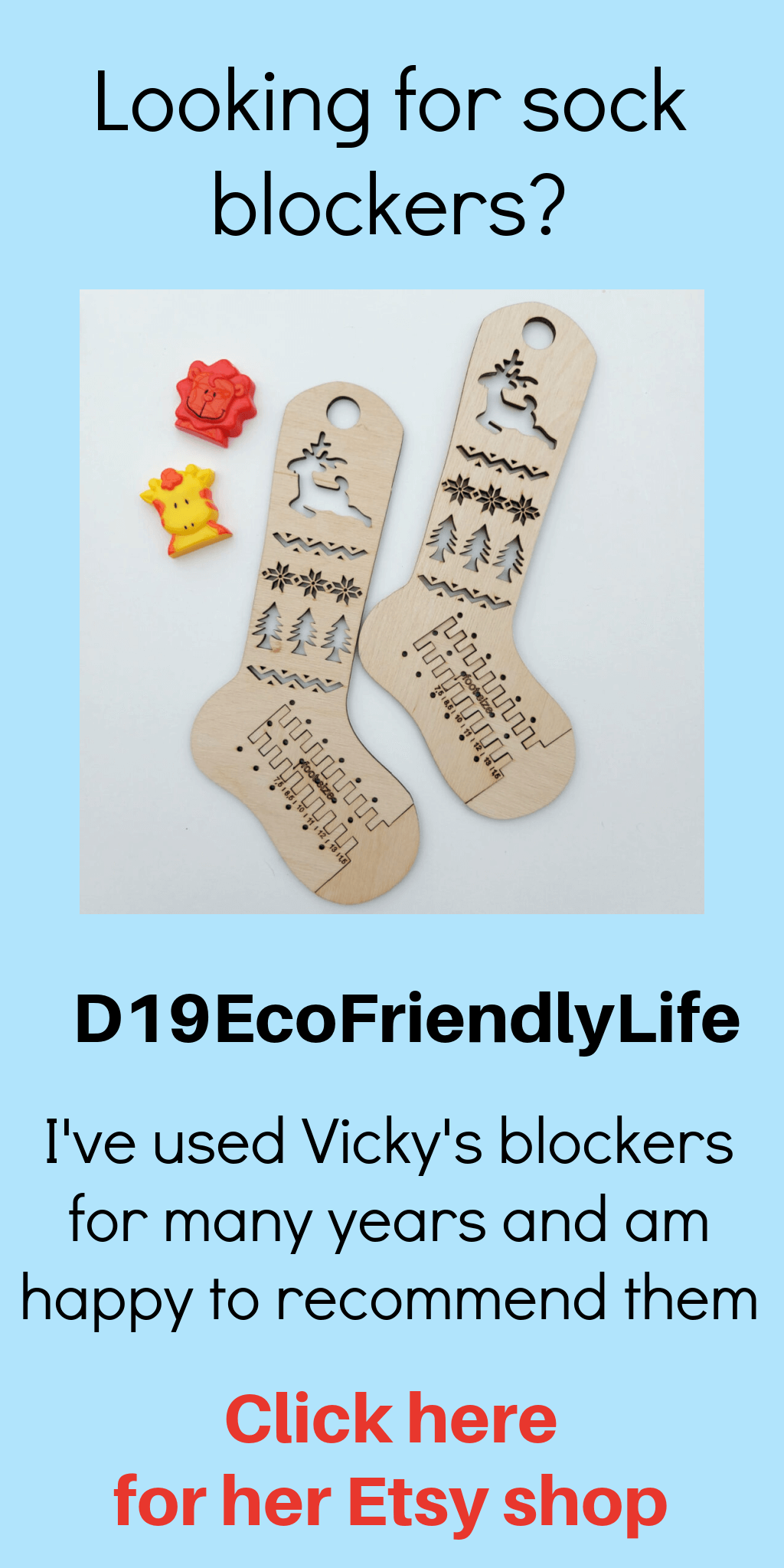

Great to know that the wool is so great for socks, definitely a thorough and honest review!
Thank you! xx
Not that you need ideas for blog topics, but a post on how best to mend holes in hand-knitted socks would be fabulous! I can certainly identify with pokey toes.
And those sheep are darling! It's so nice that you can maintain the connection between yarn and sheep. The land in this area is full of corn, soybeans, pigs and cows — very few sheep to be seen.
That would be a good idea, wouldn't it? I'm no expert at darning, perhaps I should practice a bit more – but that would mean more holes in my socks which isn't a good thing! 🙂 xx
For holes in toes, just cut off the toe, pick up the stitches & re-knit.
Hi Christine! I have just been writing a blog post about my sock making journey as a crocheter and looked up your blog for the link and found this post! Perfect! You were making these in December when Nicola and I came over to Skipton and its great to see how they turned out and that they are wearing well. I've put a link in my post as this is such useful information. I've been trying to get to the bottom of whether its possible to have good socks without nylon for ages xxxxx Kathryn
Hi Kathryn! Yes, I remember knitting them at Coopers when you were up – wow, that seems like such a long time ago! They've worn really well, I've been impressed with all the no-nylon yarns I've knitted so far; it obviously depends on the fibres that you use as some are better for this type of thing than others and they do feel different to knit with compared to commercially-produced yarns, but I think it's only the same sort of difference as supermarket bread and home-baked bread – they're all bread at the end of the day and it's down to which you prefer 🙂 xx
I love to know the background of what I'm using/eating/wearing. Always makes me feel so much more connected to it.
I'm loving the lacy sock pattern. The rows have a lovely rhythm to them and look great. Think they will be my favourite pair. Using wys in cardamom. A beautiful colour ready for Autumn. X
Your socks look lovely. I've always used sock yarn with nylon in it, except for Malabrigo sock yarn. It's 100% merino wool. The sheep in your photos are just gorgeous! I do a lot of sock darning; my neighbor taught me how to do it when I was a little girl. I used the leftover sock yarn and an antique pink wooden darning egg. It's really fun and easy.
Hi Christine. I really enjoyed reading this post, and the story from sheep to feet! Those Dorset sheep look like ones from a children's story book, and the lambs like cuddly toys! Nature is truly amazing. Donna x
Thanks for this "road test" and review – very helpful. I'm interested to know that you put all your handknit socks in the washing machine, and that this is considered common? I don't use superwash wools, and have been handwashing all my socks. Maybe I need to experiment a bit.
I suspect that some of it is down to me being lazy (��) but my early pairs of socks were made from yarn that said it was machine washable so I've never really thought about not doing it. I wouldn't machine wash hand-dyed yarn (there's no guarantee you wouldn't lose the colour) but I tend to assume that 30 degrees isn't far off hand wash temperature so the socks go in with everything else. 40 degrees seems to be a potential issue though so I will probably stop using that temperature for my no-nylon yarns (that's coming up in the next review) xx